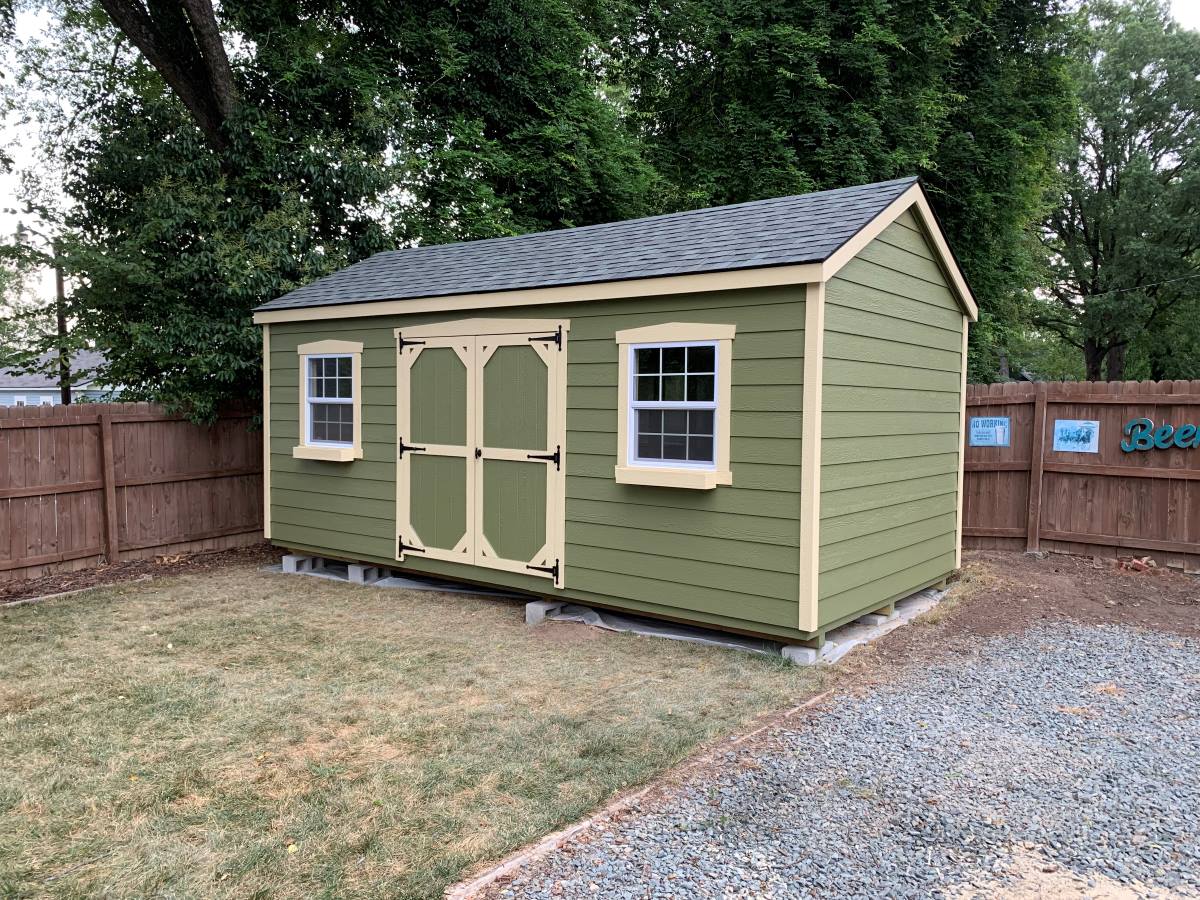

Articles
How Far Does A Shed Have To Be From The Fence
Modified: May 6, 2024
Discover the regulations and guidelines for placing a shed near a fence. Read our informative articles to learn how far a shed has to be from the fence.
(Many of the links in this article redirect to a specific reviewed product. Your purchase of these products through affiliate links helps to generate commission for Storables.com, at no extra cost. Learn more)
Introduction
When it comes to adding a shed to your property, there are many important considerations to keep in mind. One crucial factor that often gets overlooked is the distance that a shed should be placed from the fence. While this might seem like a minor detail, it is actually a crucial aspect of shed placement that can have a significant impact on both the functionality and aesthetic appeal of your outdoor space.
Understanding the shed placement requirements and local regulations regarding the distance from the fence is essential to ensure a successful and compliant installation. In this article, we will delve into the factors to consider when determining shed distance from the fence, the importance of maintaining this distance, potential issues that can arise from improper placement, and provide some tips for proper shed placement to help you make the most out of your outdoor storage solution.
Key Takeaways:
- Proper shed placement is crucial for functionality and longevity. Consider factors like shed size, building materials, and local regulations to ensure optimal distance from the fence.
- Compliance with local building codes and regulations is essential. Maintaining distance from the fence ensures proper airflow, access for maintenance, and overall safety and aesthetics.
Understanding Shed Placement Requirements
Before we dive into the specifics of shed distance from the fence, it is crucial to understand the reasoning behind these placement requirements. The primary purpose of maintaining a certain distance between the shed and the fence is to ensure proper airflow and accessibility for maintenance and repairs.
Allowing adequate airflow around the shed helps to prevent moisture buildup, which can lead to rot, degradation of building materials, and potential damage to the structure. Additionally, keeping a sufficient gap between the shed and the fence also facilitates easy access for repairs or routine maintenance tasks, such as painting or cleaning.
While the exact distance may vary depending on factors such as shed size, local building codes, and regulations, there are some general guidelines that can help determine the ideal shed placement in relation to the fence.
Factors to Consider when Determining Shed Distance from Fence
When deciding on the distance between your shed and the fence, it is important to consider the following factors:
- Shed Size: Larger sheds may require more space for proper airflow and accessibility.
- Building Materials: Different materials may have different maintenance requirements, which could impact the need for space around the shed.
- Local Climate: Areas with higher humidity or frequent rainfall may require greater spacing to prevent moisture-related issues.
- Function of the Shed: If the shed is used for activities such as gardening or woodworking, additional space may be needed for maneuvering equipment or working on projects.
- Future Expansion: Consider any potential plans for expanding the shed in the future and allocate the appropriate space.
By taking these factors into account, you can determine the optimal distance to maintain between your shed and the fence, ensuring both functionality and longevity of your outdoor structure.
Local Building Codes and Regulations
It is important to note that your local building codes and regulations may dictate specific guidelines for shed placement, including the required distance from the fence. These regulations are put in place to ensure the safety and compliance of structures within the community.
Before starting the installation process, it is crucial to consult with your local authorities or building department to obtain the necessary permits and information about the specific requirements for shed placement in your area. Taking this proactive approach will save you from potential legal issues and ensure that your shed is built to code.
Key Takeaways:
- Proper shed placement is crucial for functionality and longevity. Consider factors like shed size, building materials, and local regulations to ensure optimal distance from the fence.
- Compliance with local building codes and regulations is essential. Maintaining distance from the fence ensures proper airflow, access for maintenance, and overall safety and aesthetics.
Understanding Shed Placement Requirements
Before we dive into the specifics of shed distance from the fence, it is crucial to understand the reasoning behind these placement requirements. The primary purpose of maintaining a certain distance between the shed and the fence is to ensure proper airflow and accessibility for maintenance and repairs.
Allowing adequate airflow around the shed helps to prevent moisture buildup, which can lead to rot, degradation of building materials, and potential damage to the structure. Additionally, keeping a sufficient gap between the shed and the fence also facilitates easy access for repairs or routine maintenance tasks, such as painting or cleaning.
The exact distance required may vary depending on factors such as the size of the shed, local building codes, and regulations. However, there are some general guidelines that can help determine the ideal shed placement in relation to the fence.
For smaller sheds, a minimum distance of about 3 feet from the fence is usually recommended, while larger sheds may require a greater distance. This ensures that there is enough space for air circulation and maintenance activities. However, it is essential to consult your local building codes and regulations for any specific requirements in your area.
In addition to the distance from the fence, it is also important to consider the distance from other structures or obstacles. For example, ensuring that the shed is not placed too close to trees can prevent potential damage caused by falling branches or root interference.
Furthermore, take into account any underground utilities, such as water or gas lines, when determining the shed’s placement. It is crucial to avoid any potential disruptions or damage to these utilities.
When assessing the shed placement requirements, consider the intended use of the shed and how it will fit into your overall landscape design. You may want to position it strategically to create a visually appealing and functional outdoor space. For example, placing the shed closer to your outdoor living area can provide easy access to equipment or supplies needed for outdoor activities.
Lastly, take the surrounding environment into consideration. If you live in an area prone to strong winds, you may want to position the shed in a way that minimizes its exposure to the wind. This can help prevent potential damage or stability issues.
By considering these factors and understanding the shed placement requirements, you can make an informed decision and ensure that your shed is positioned in a way that maximizes its functionality, durability, and aesthetic appeal.
Factors to Consider when Determining Shed Distance from Fence
When deciding on the distance between your shed and the fence, it is important to consider several factors to ensure optimal functionality and aesthetics. By taking these factors into account, you can determine the ideal placement for your shed.
- Shed Size: The size of your shed will play a significant role in determining the distance it should be placed from the fence. Larger sheds typically require more space to allow for proper airflow and maneuverability.
- Building Materials: The type of materials used for your shed will also affect the distance needed from the fence. Different materials have different maintenance requirements and may require additional space for proper care and access.
- Local Climate: Consider the climate in your area when determining the shed distance from the fence. Regions with high humidity or frequent rain may require more space to prevent moisture-related issues.
- Function of the Shed: Take into account the purpose of your shed and how it will be used. If you plan to use the shed for activities such as gardening or woodworking, you may need more room around it for equipment or workspace.
- Future Expansion: Consider any potential future expansions or modifications to your shed. Leave enough space around the structure to accommodate any changes or additions you might make down the line.
These factors will help guide you in determining the optimal distance between your shed and the fence, ensuring that it meets your specific needs and requirements.
It is worth noting that some local building codes and regulations may have specific guidelines for shed placement. Regulations can vary, so it is crucial to consult your local authorities or building department to determine any specific requirements or restrictions in your area.
Additionally, it is important to consider how the shed placement will affect the overall aesthetics of your outdoor space. You may want to position the shed in a way that complements your existing landscaping or creates a visually appealing focal point. This can involve considering sightlines and ensuring that the shed doesn’t obstruct any desired views.
Lastly, keep in mind the practicality of the shed’s placement in relation to other features in your yard. Avoid placing the shed in a location that obstructs walkways or access to other areas of your property. Maintaining a clear and functional outdoor space is essential for convenience and safety.
By carefully considering these factors, you can determine the ideal distance between your shed and the fence, creating a harmonious and functional outdoor area that meets your storage needs. Make informed decisions regarding shed placement to ensure that you maximize the use and enjoyment of your shed for years to come.
Local Building Codes and Regulations
When it comes to placing a shed on your property, it is crucial to understand and comply with the local building codes and regulations in your area. These regulations are put in place to ensure the safety, structural integrity, and aesthetic compatibility of structures within the community.
Local building codes typically include guidelines and requirements for shed placement, including the distance the shed must be from the fence. These regulations may vary depending on factors such as the size, height, and location of the shed.
Before you begin the process of installing a shed, it is essential to consult your local authorities or building department to obtain the necessary permits and information regarding specific shed placement requirements in your area. Failure to obtain the proper permits or adhere to the regulations can result in fines, forced removal of the shed, or other legal consequences.
Local building codes provide standards and guidelines to ensure that sheds are constructed and placed in a manner that maintains safety and harmony within the community. These codes often take into consideration factors such as setback requirements, property lines, fire safety, and access for emergency personnel.
In some cases, the local building code may specify a minimum distance that the shed must be placed from the fence. This distance is typically determined to allow for proper ventilation, maintenance, and access around the shed.
It is crucial to understand that these regulations are designed to protect you, your property, and your neighbors. By complying with the codes and regulations, you contribute to the overall safety and aesthetics of your community.
Working with professionals, such as contractors or shed manufacturers, who are knowledgeable about local building codes can help ensure that your shed is installed correctly and in compliance with the regulations. They can provide guidance and assistance in navigating the permit process and ensuring that your shed placement meets the required standards.
By doing your due diligence and adhering to the local building codes and regulations, you not only avoid potential legal issues but also create a safe and compliant outdoor structure that enhances the value and enjoyment of your property.
Always remember that building codes and regulations can vary from one location to another, and it is essential to research and consult with local authorities to ensure that you are following the correct guidelines for shed placement in your specific area.
Importance of Maintaining Distance from Fence
The distance between your shed and the fence plays a crucial role in ensuring the longevity, functionality, and visual appeal of both structures. Here are some key reasons why it is important to maintain an appropriate distance:
1. Proper Airflow and Ventilation
Maintaining a sufficient gap between the shed and the fence allows for adequate airflow and ventilation. This is especially important to prevent the buildup of moisture, which can lead to mold, rot, and deterioration of the shed’s materials. Proper ventilation helps keep the interior of the shed dry and reduces the risk of damage.
2. Access for Maintenance and Repairs
Having enough space between the shed and the fence makes it easier to access the structure for routine maintenance and repairs. Whether you need to repaint the shed, fix a roof leak, or address any other issues, having proper access ensures that you can efficiently carry out these tasks without any obstructions.
3. Fire Safety
Maintaining distance between the shed and the fence is crucial for fire safety. If a fire were to occur in the shed or nearby, having space between the structures can help prevent the flames from spreading to the fence. It also provides a buffer zone that allows firefighters to access and extinguish the fire more effectively.
4. Visual Aesthetics
The distance between the shed and the fence can also greatly impact the overall aesthetics of your outdoor space. Allowing some space between the structures creates a visually pleasing balance and prevents the shed from overpowering the fence or appearing cramped. It also provides an opportunity to create a landscaped area around the shed, enhancing the overall beauty of your property.
5. Compliance with Building Codes
Many local building codes and regulations specify the required distance between sheds and fences. By adhering to these guidelines, you ensure that your shed complies with local regulations and avoids potential legal issues. It is important to check with your local authorities to determine the specific requirements in your area.
6. Prevention of Damage
If the shed is placed too close to the fence, there is a higher risk of physical damage occurring to both structures. For example, strong winds may cause the shed to lean against or damage the fence, leading to costly repairs. Maintaining distance reduces the likelihood of accidental damage and ensures the longevity of both your shed and fence.
By maintaining an appropriate distance between your shed and the fence, you ensure proper airflow, facilitate maintenance and repairs, enhance fire safety, improve visual aesthetics, comply with building codes, and protect your structures from potential damage. Taking these factors into consideration when determining shed placement will help you create a functional, safe, and visually pleasing outdoor space.
Potential Issues with Shed Placement near the Fence
While placing a shed near the fence may seem like a convenient and space-saving option, there are potential issues that can arise from improper placement. It is important to be aware of these issues to avoid any potential problems in the future. Here are some of the potential issues that can arise with shed placement near the fence:
1. Restricted Access and Maintenance
Placing the shed too close to the fence can limit access to the sides and back of the structure. This can make it challenging to perform routine maintenance tasks, such as painting, cleaning, or repairs. Lack of access may lead to difficulties in properly maintaining the shed, potentially resulting in deterioration or damage over time.
2. Insufficient Airflow and Ventilation
When a shed is positioned too close to the fence, it can impede proper airflow and ventilation around the structure. Inadequate airflow can lead to increased moisture buildup, which can cause mold, rot, and damage to the shed’s materials. Proper ventilation is crucial for maintaining a dry and healthy environment inside the shed.
3. Increased Risk of Fence Damage
Having a shed positioned too close to the fence increases the likelihood of accidental damage to the fence. For example, during strong winds, the shed may sway or lean against the fence, resulting in structural damage. Additionally, ongoing maintenance or repairs on the shed may inadvertently cause damage to the fence if there is insufficient space between them.
4. Potential for Pest Problems
Placing a shed too close to the fence can create an ideal hiding place for pests, such as rodents or insects. Pests can easily move between the shed and the fence, potentially causing damage to both structures. They may also find their way inside the shed, leading to infestations that can be difficult and costly to eliminate.
5. Appearance and Aesthetics
A shed positioned very close to the fence can appear cramped or cluttered, negatively impacting the overall aesthetics of your outdoor space. It may not allow for proper landscaping or decorative elements around the shed, making it less visually appealing. Optimal distance from the fence allows for a more balanced and aesthetically pleasing arrangement.
By considering these potential issues, you can avoid complications and ensure that your shed placement near the fence is strategic and beneficial for both structures. It is important to find the right balance between space-saving and ensuring proper airflow, access, maintenance, and overall appearance of your outdoor area.
Tips for Proper Shed Placement
When it comes to placing a shed on your property, proper placement is key to ensure functionality, longevity, and visual appeal. Here are some helpful tips to consider for proper shed placement:
1. Determine the Appropriate Distance
Take into account local building codes and regulations, as well as the factors we discussed earlier, to determine the appropriate distance between the shed and the fence. Consider the shed’s size, intended use, and any potential future expansions or modifications.
2. Check Property Lines
Before installing your shed, determine the exact property lines to ensure that you are placing it within your property boundaries. This will prevent any disputes with neighbors and ensure that you comply with local regulations.
3. Consider Sunlight and Shade
Take note of the sun’s path throughout the day to determine the best position for your shed. Placing the shed in an area that receives adequate sunlight can help prevent mold and mildew growth. However, if you live in a hot climate, you may also want to consider providing some shade for the shed to prevent overheating.
4. Assess Drainage and Waterproofing
Ensure that the area where you plan to place the shed has proper drainage to prevent water accumulation around and beneath the structure. If necessary, consider adding a layer of gravel or a drainage system to redirect water away from the shed. Additionally, consider waterproofing the shed’s foundation to prevent moisture-related issues.
5. Clear the Surrounding Area
Make sure the area where you plan to place the shed is cleared of any obstacles, such as rocks, debris, or tree branches. This will help ensure a level foundation and prevent potential damage to the shed or interference with its installation.
6. Level the Ground
It is essential to create a level foundation for your shed. Use a level or consult a professional to ensure the ground is properly leveled before installing the shed. This will provide stability and help avoid issues such as doors that don’t close properly or structural damage caused by uneven weight distribution.
7. Enhance Landscaping and Aesthetics
Consider how the placement of the shed will affect the overall landscaping and visual appeal of your outdoor space. You may want to position the shed in a way that complements your existing landscape design or create a separate garden area around the shed to enhance its appearance.
8. Ensure Proper Access
Keep in mind the accessibility of the shed when determining its placement. Make sure there is enough space to maneuver larger equipment, such as lawnmowers or wheelbarrows, and that doors can be fully opened and closed without any obstructions.
By following these tips for proper shed placement, you can optimize the functionality, aesthetics, and longevity of your outdoor storage solution. Take the time to plan and carefully consider these factors to ensure a successful and satisfying shed installation on your property.
Conclusion
Proper shed placement is crucial for optimal functionality, durability, and aesthetic appeal. Understanding the shed placement requirements, considering factors such as shed size, building materials, local climate, and future expansion plans, is essential for determining the ideal distance between the shed and the fence.
Complying with local building codes and regulations is also crucial to avoid legal issues and ensure that your shed placement meets the required standards. Consulting with your local authorities or building department is highly recommended before beginning the installation process.
Maintaining an appropriate distance between the shed and the fence offers several key benefits. It allows for proper airflow and ventilation, ensures easy access for maintenance and repairs, enhances fire safety, and prevents potential damage to both the shed and the fence.
Potential issues can arise from improper shed placement near the fence, such as restricted access, inadequate ventilation, increased risk of fence damage, potential pest problems, and compromised aesthetics. By considering these potential issues, you can avoid complications and make informed decisions regarding shed placement.
Follow the tips for proper shed placement, including determining the appropriate distance, checking property lines, considering sunlight and shade, assessing drainage and waterproofing, clearing the surrounding area, leveling the ground, enhancing landscaping and aesthetics, and ensuring proper access.
By taking these considerations into account and implementing proper shed placement, you can create a functional, visually appealing, and long-lasting outdoor storage solution that seamlessly integrates into your property. Investing time and effort in proper shed placement will ultimately contribute to the overall enjoyment and value of your outdoor space.
Remember, always consult local authorities and professionals when in doubt, as they can provide guidance specific to your area and shed requirements. With careful planning and adherence to the recommended guidelines, you can position your shed in an ideal location, ensuring years of storage convenience and satisfaction.
If you've found our insights on shed placement helpful, you'll definitely want to check out our guide on outdoor structures. Here, we dive into unique designs that can transform your garden space into a haven of style and functionality. Whether you're considering a new gazebo, pergola, or any other exciting features, this next piece is packed with creative ideas and practical advice to make the most out of your outdoor area.
Frequently Asked Questions about How Far Does A Shed Have To Be From The Fence
Was this page helpful?
At Storables.com, we guarantee accurate and reliable information. Our content, validated by Expert Board Contributors, is crafted following stringent Editorial Policies. We're committed to providing you with well-researched, expert-backed insights for all your informational needs.
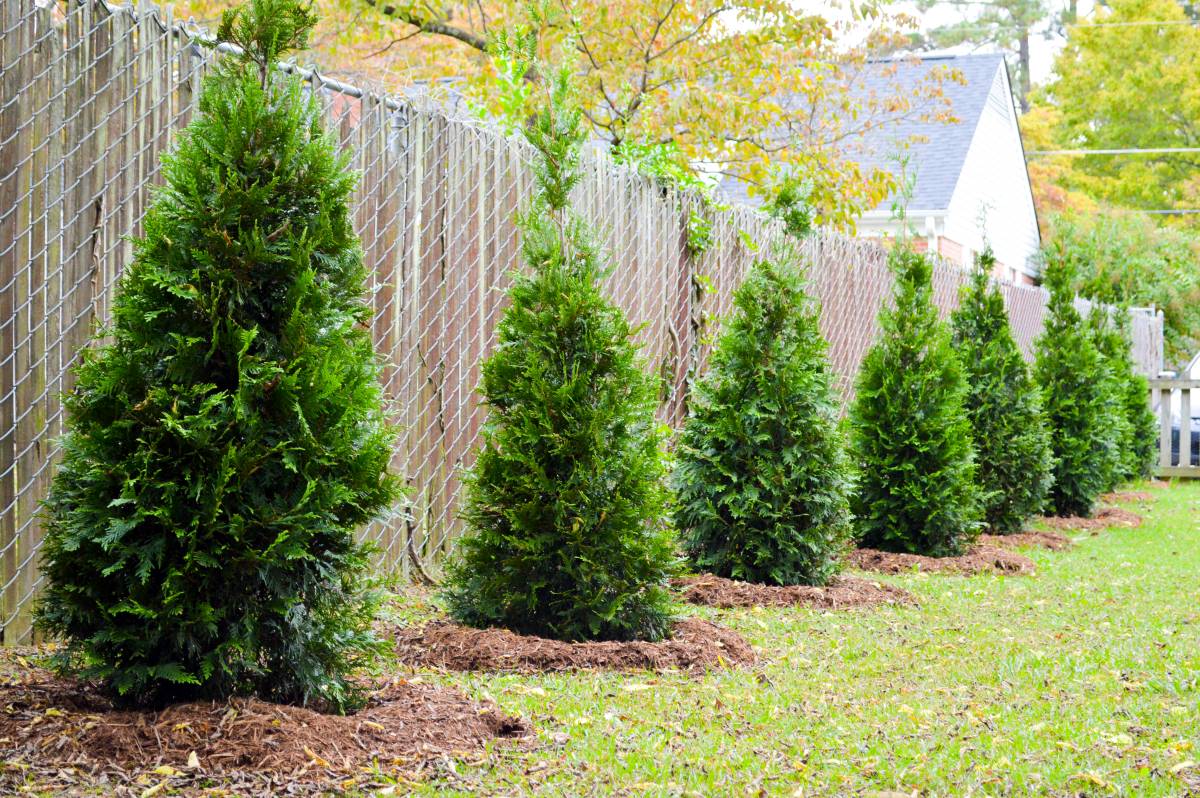
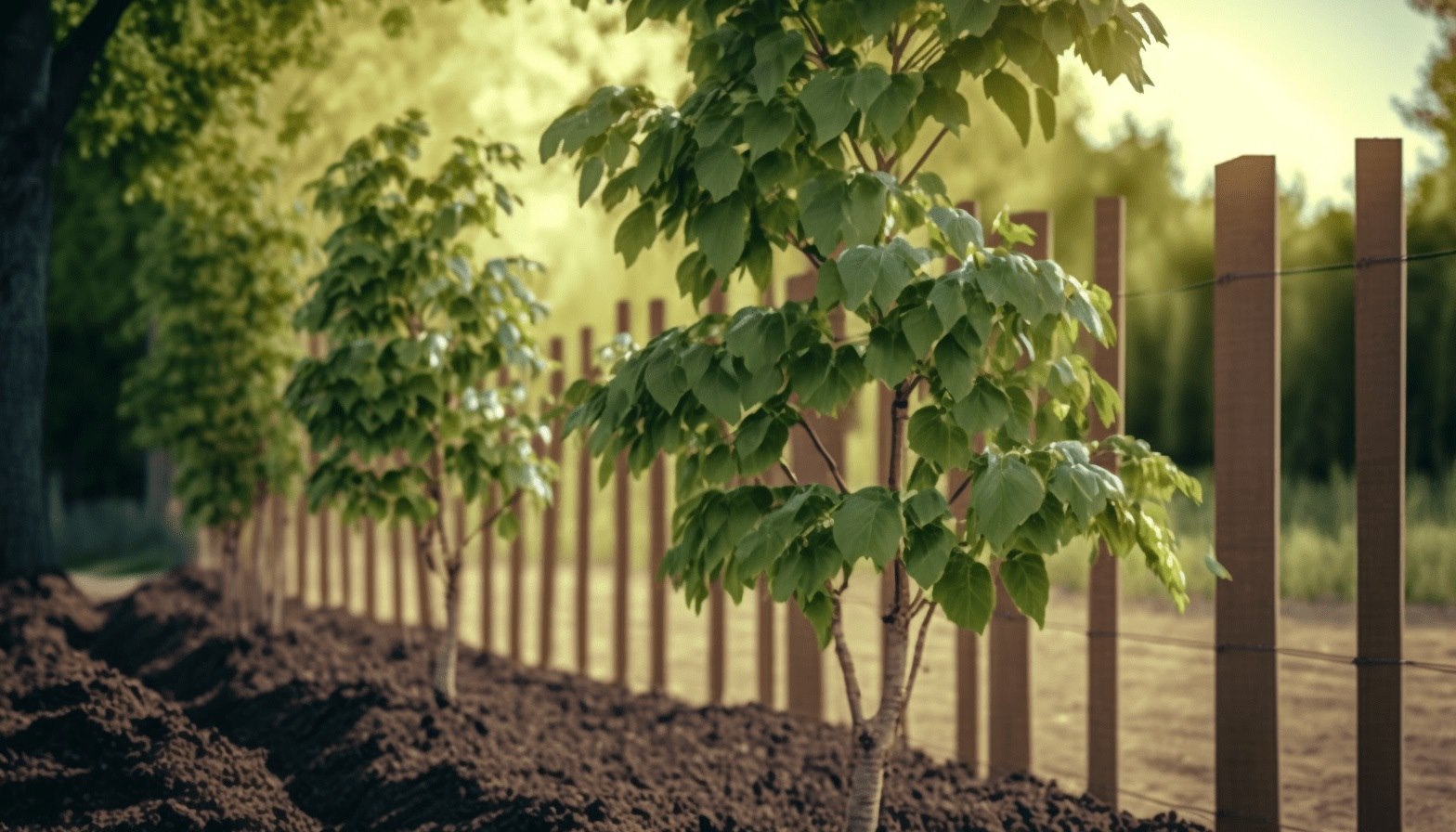
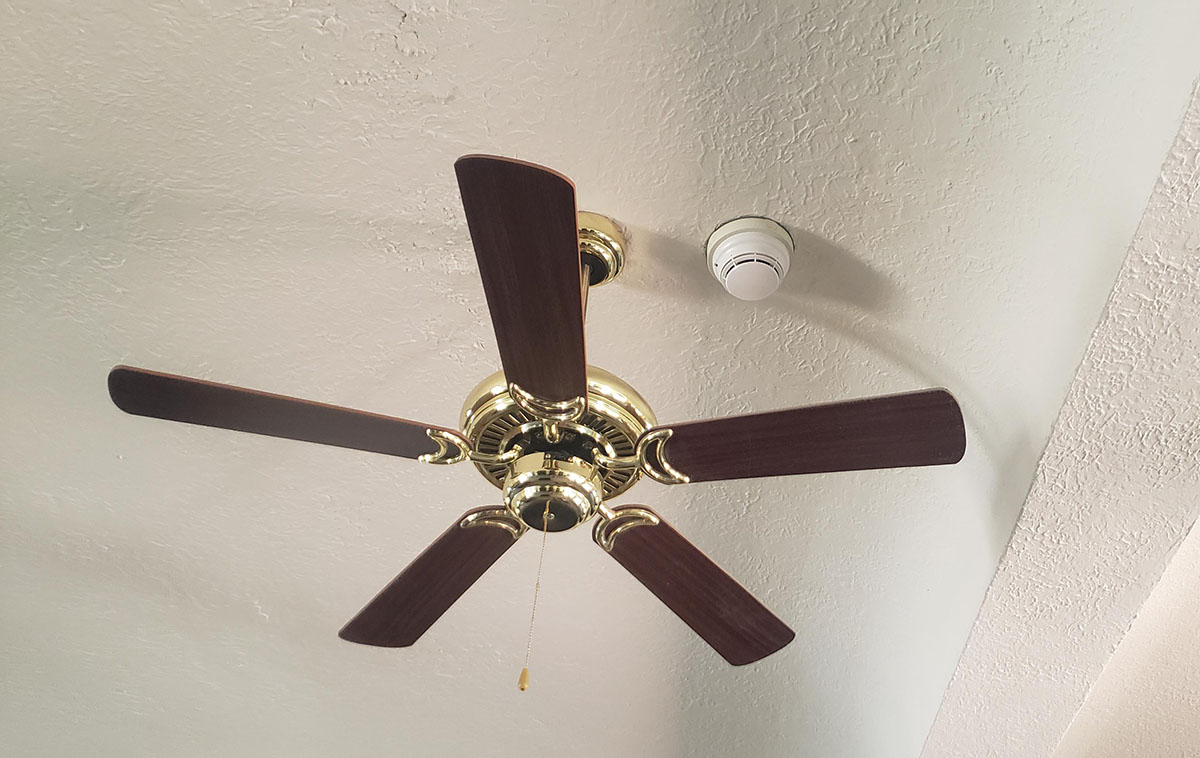
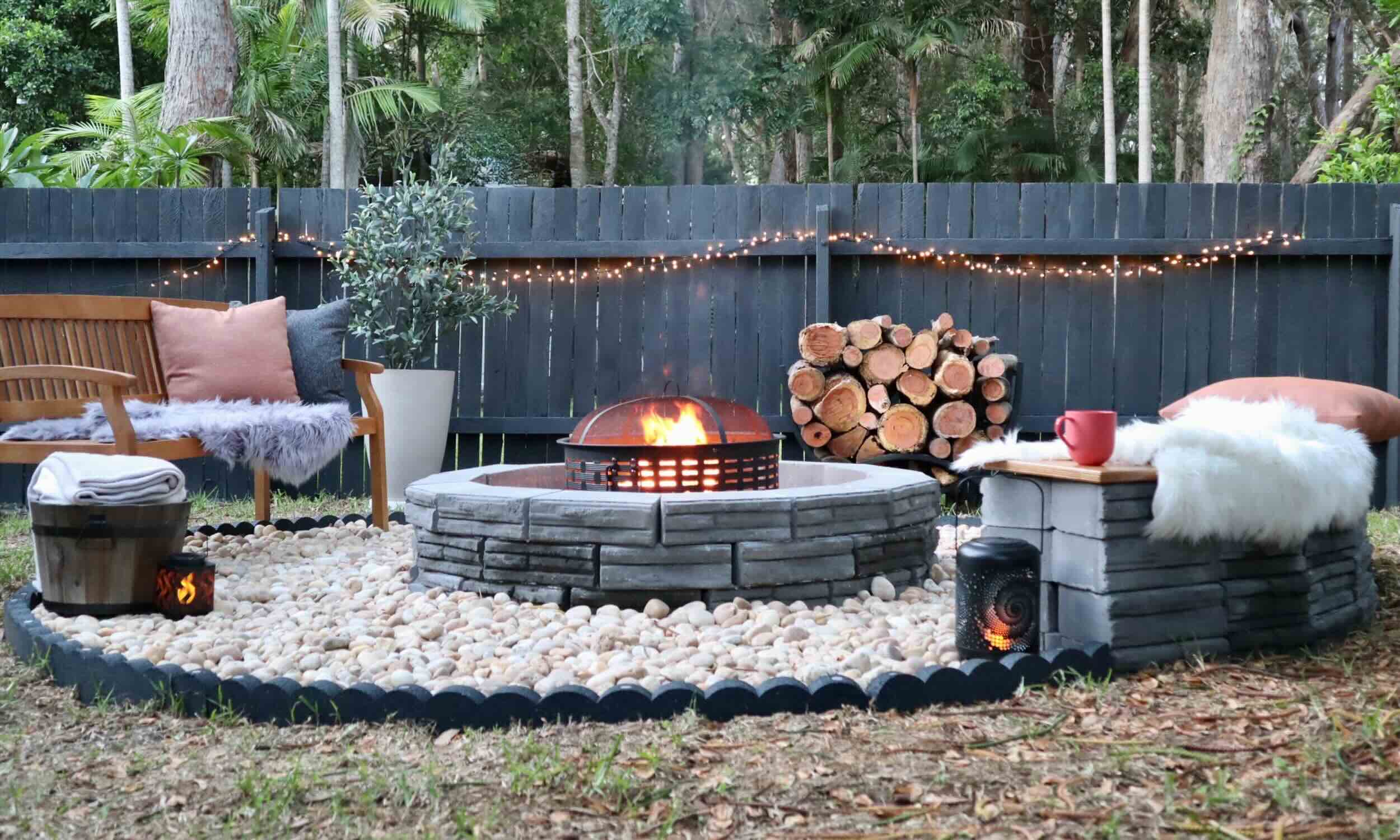
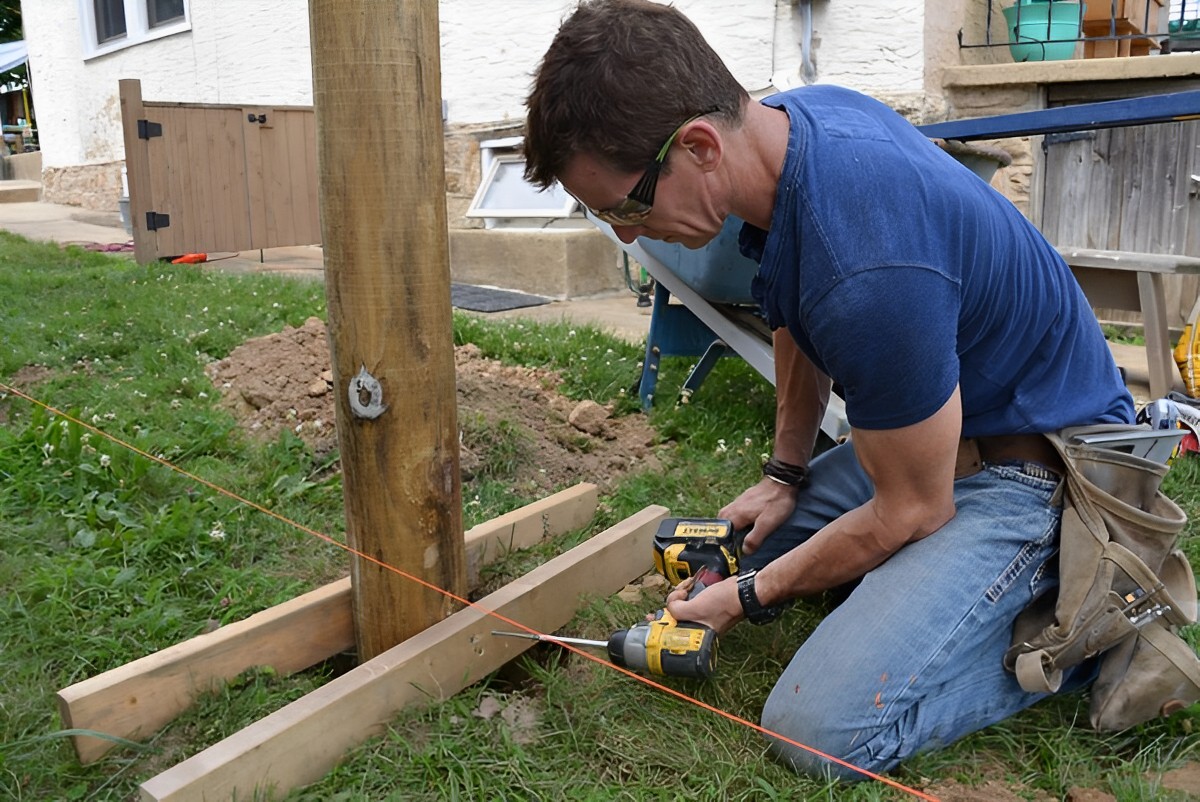
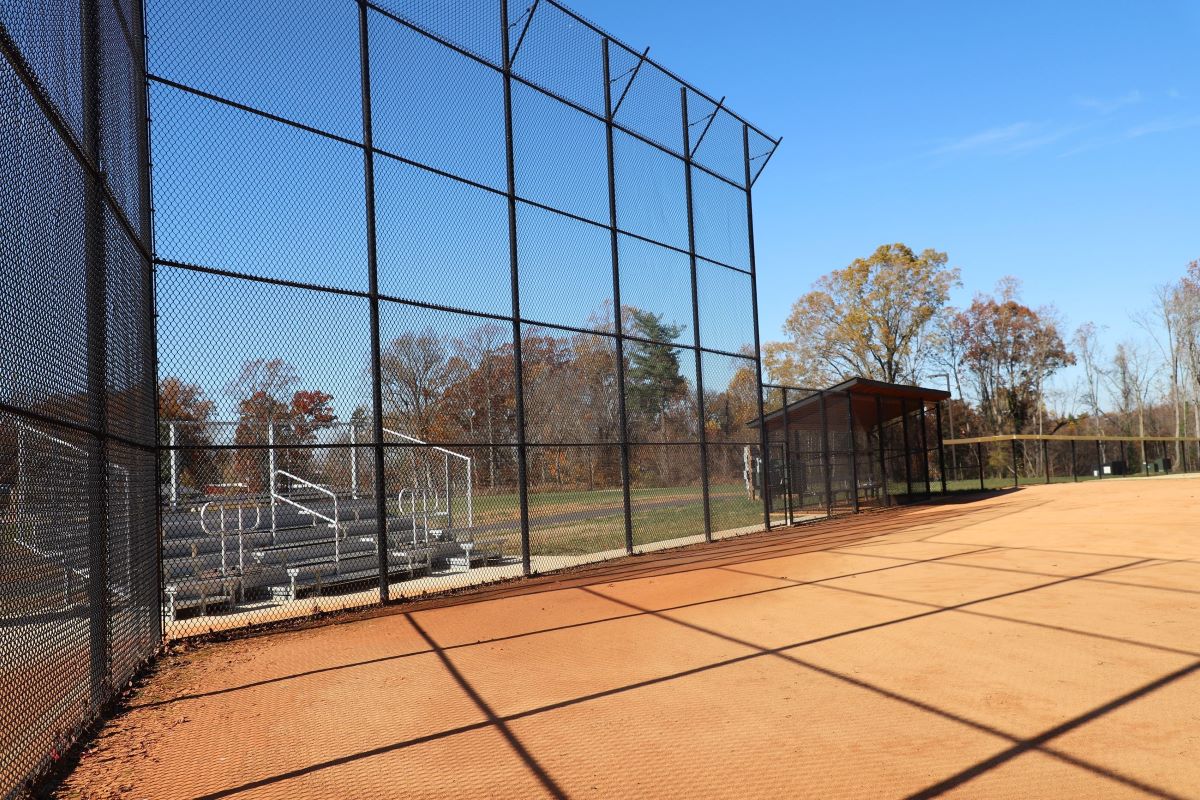
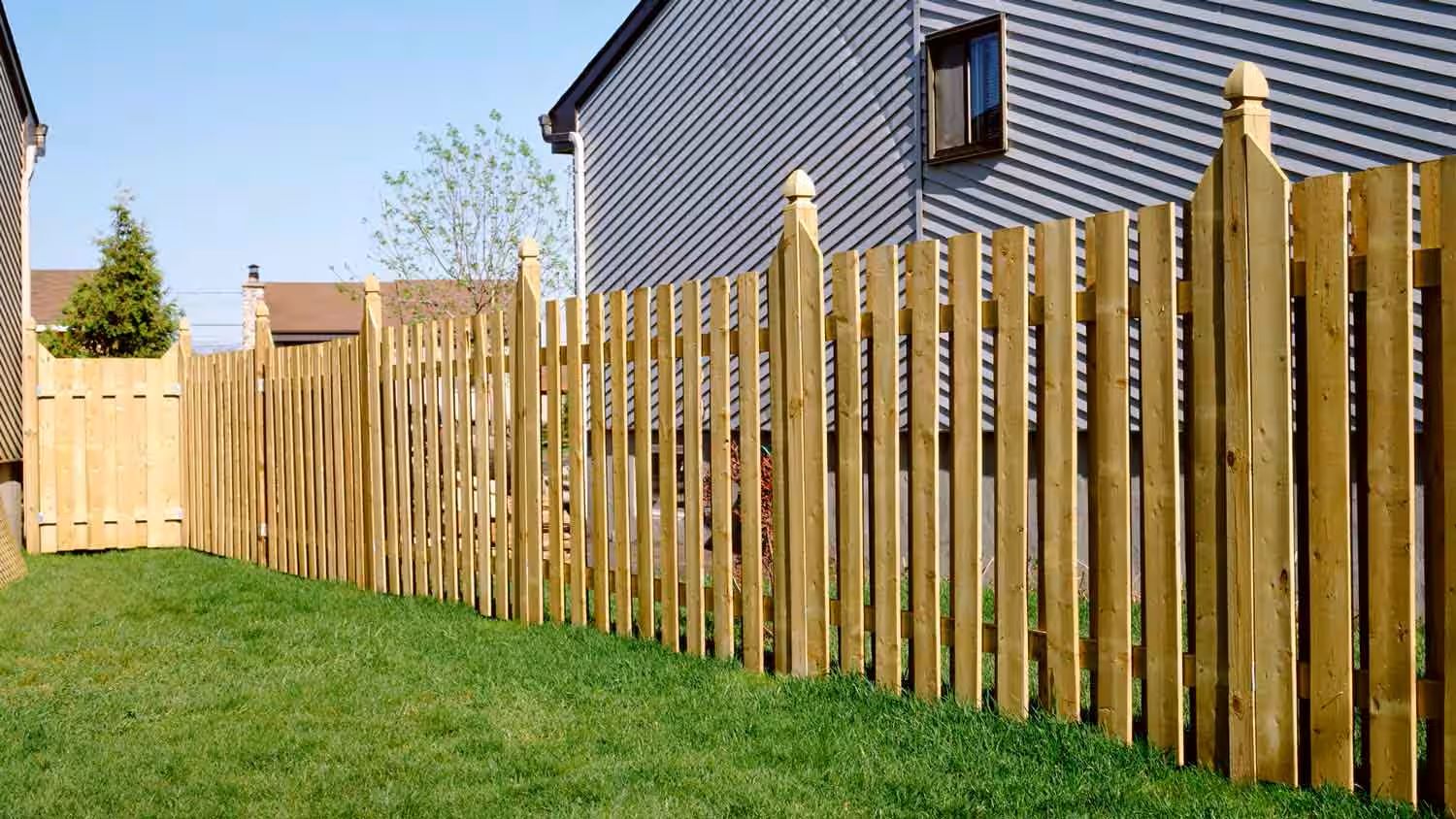
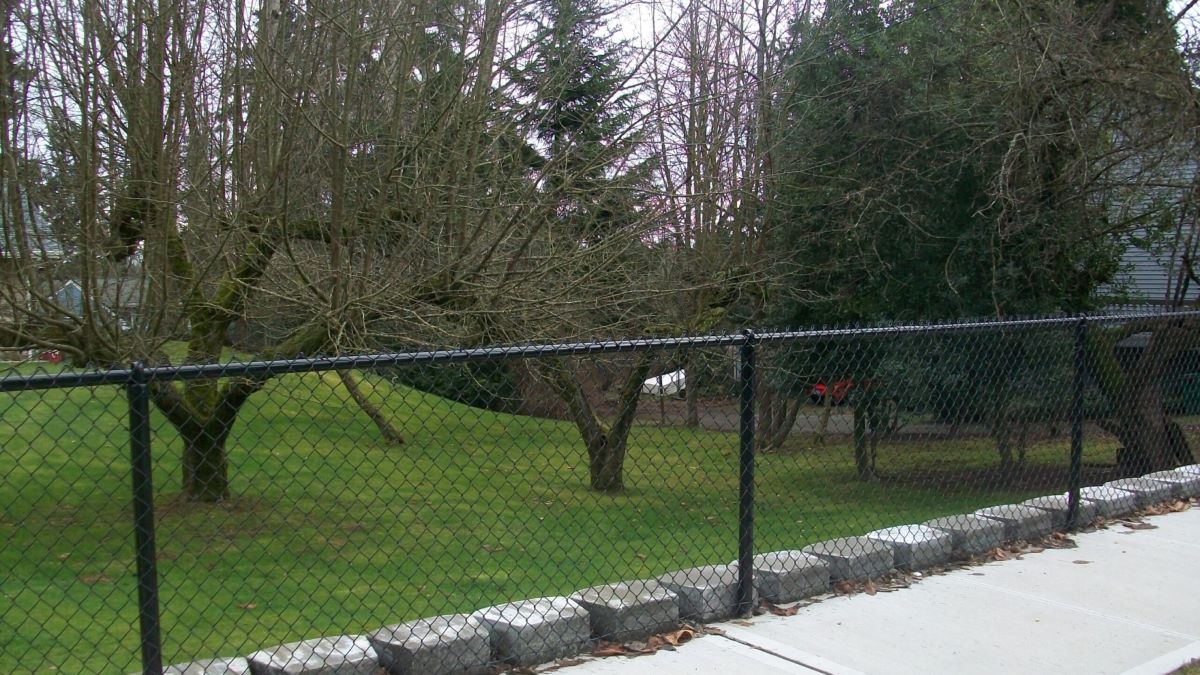

0 thoughts on “How Far Does A Shed Have To Be From The Fence”